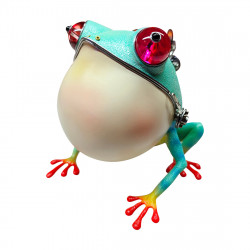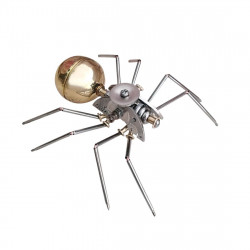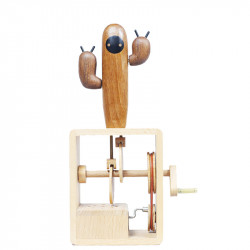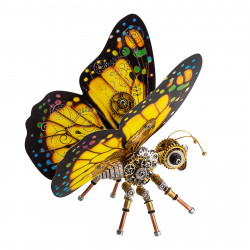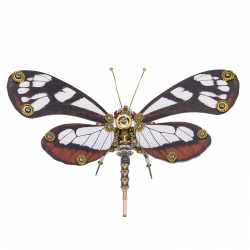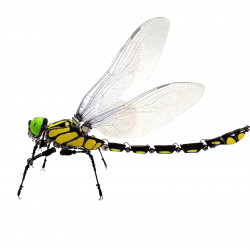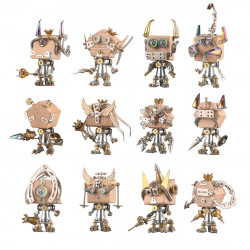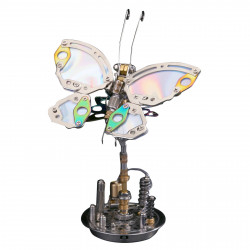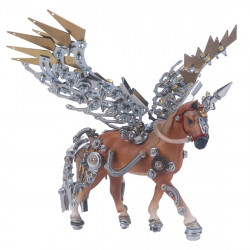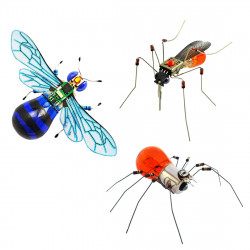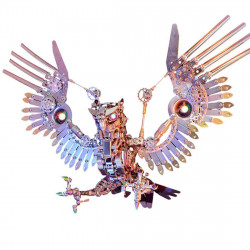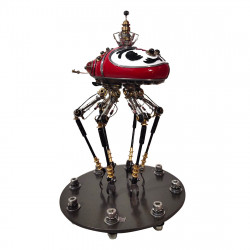Butterfly Mythology

Butterfly Mythology
There are several connections between butterflies and mythology from around the globe. One of nature's mysteries is the transformation of moths and butterflies. It's almost magical how these insects can transform from crawling caterpillars to flying adults. Although the butterfly has many different connotations, it most frequently represents hope, rebirth, renewal, and metamorphosis.
Many ancient societies regarded butterflies as representations of the human spirit. Every time an adult butterfly emerged from its cocoon, some civilizations believed that a new human soul was born; in other cultures, butterflies were thought to represent the souls of deceased people. Due to the notion that the human soul took the shape of a butterfly, butterflies were frequently treated with a great deal of respect and occasionally with horror.
In addition, the butterfly represents feminity, sensuality, the spring and summer seasons, and all things lovely, graceful, and constructive.
Throughout history, images of butterflies have appeared in "decorative objects" more often than those of most other living things.
The ancient Greek term "Psyche" (which translates to "soul") was used to describe butterflies. This was also the name of Eros' human lover, and butterflies are frequently seen around the two figures when they are portrayed.
Butterflies are symbols of pleasure and joy in Chinese and Japanese cultures. They are used in writings, paintings, and drawings in both cultures.
Northern Europeans believed that the soul-butterfly's travels across other planets were the cause of dreams.
Native Americans in Mexico saw butterflies, which are derived from the chrysalis caterpillar, as a sign of rebirth, regeneration, joy, and happiness. Some tribes also saw butterflies as a sign of the earth's fertility.
The butterfly is firmly ingrained in Meso-American mythology. Xiutecutli, the god of fire, is portrayed as a butterfly in Aztec and Mayan mythology. Similar to the butterfly, fire represents change. The Obsidian Butterfly, also known as the Goddess Iztpapalotl, represents renewal and purification through sacrifice. Quetzalcoatl, the god of the strong plumed serpent, is said to have descended to earth as a chrysalis before agonizingly rising into the light as a stunning butterfly and a representation of perfection.
The butterfly represents the spirit of Mexico. During Dia de los Muertos (Day of the Dead), a constant stream of monarchs appears in the little community of Anguangeo. The butterflies represent the ghosts of their ancestors returning to visit. Parades and festivals are held to commemorate this amazing occasion.
Kjell Sandved was able to identify every character in the current alphabet in the incredibly diverse and exquisite wing pattern designs of moths and butterflies after more than 25 years of field photography and searching through museum insect collections.
At Teotihuacan, just west of Mexico City, the ancient Mexicans named a whole palace Mariposa in honor of the butterfly.


